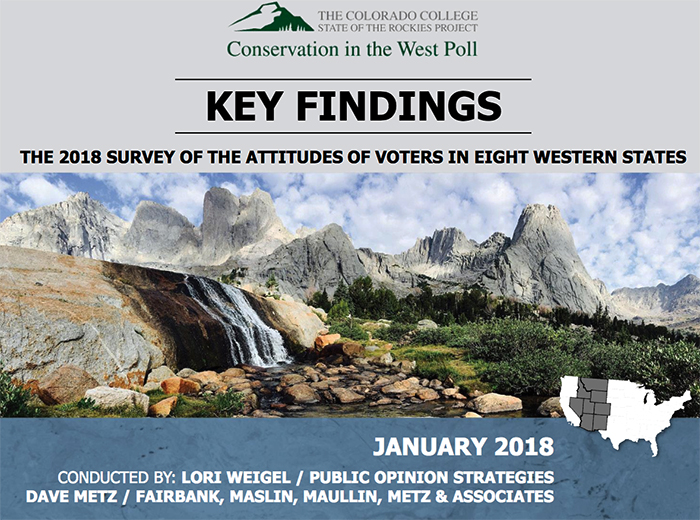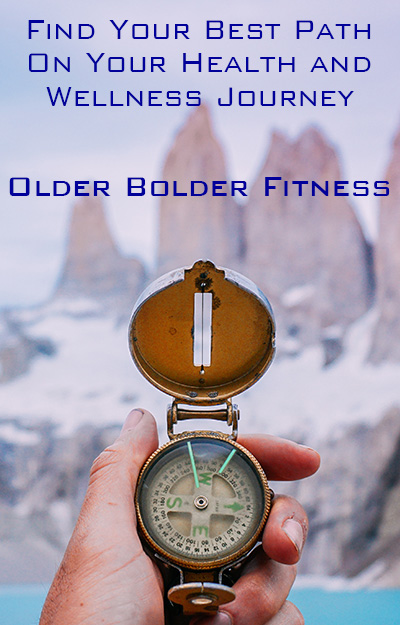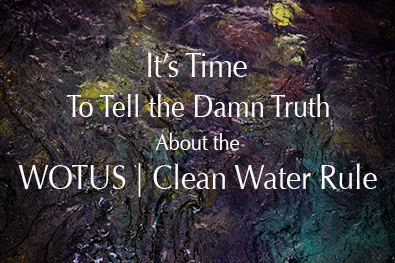
The 2018 Conservation in the West Poll from The State of the Rockies Project at The Colorado College was released just a few days ago; the landing page with a bevy of links detailing the data is here. As always, the data is fascinating, and encouraging to conservation minded folks in the Rockies.
Polls are fascinating for a number of reasons, and as we’ve seen increasingly in the political arena over the past few years (if not decades), while polls have historically been intended to simply measure things, they’ve also become tools to influence opinion as well.
That said, several thoughtful mentors over the years have jointly cautioned that when reading any polling data that 1) you have a genuine interest in, or 2) might influence key behaviors of folks doing things important to you, you need to peek under the hood of the polling data at a few key metrics like sample size, selection criteria, how were the results processed, etc.
The good folks running the Conservation in the West Poll shared at least a bit of their methodology in their presentation slide package; of note the sample sizes are awfully small when you drill down and take a look at it relative to state populations (Census Bureau this morning, reported as of 1 July 2017).
- Arizona: 7,016,270; 400 sample is 0.0057% of total population
- Colorado: 5,607,154; 400 sample is 0.0071% of total population
- Idaho: 1,716,943; 400 sample is 0.0233% of total population
- Montana: 1,050,493; 400 sample is 0.0381% of total population
- New Mexico: 2,088,070; 400 sample is 0.0192% of total population
- Nevada: 2,998,039; 400 sample is 0.0133% of total population
- Utah: 3,101,833; 400 sample is 0.0129% of total population
- Wyoming: 579,315: 400 sample is 0.0690% of total population
Details of surveyed opinions and responses are broken out by state in individual reports; responses to a few questions (look at the big city vs. rural folks queries) are quite interesting, with the state to state differences quite notable.
It’s always entertaining to see how this information gets discussed in the weeks post its release…

